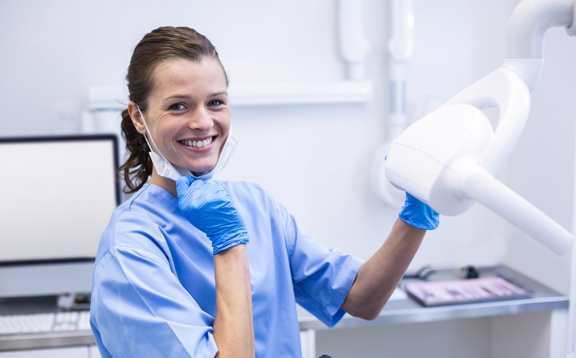Dental Assistant
Average Salary (US)
$38,660
PROJECTED JOB OUTLOOK 2020-30
11%
Source: Bureau of Labor Statistics, U.S. Department of Labor, Occupational Outlook Handbook, Dental Assistants,
at https://www.bls.gov/ooh/healthcare/dental-assistants.htm


